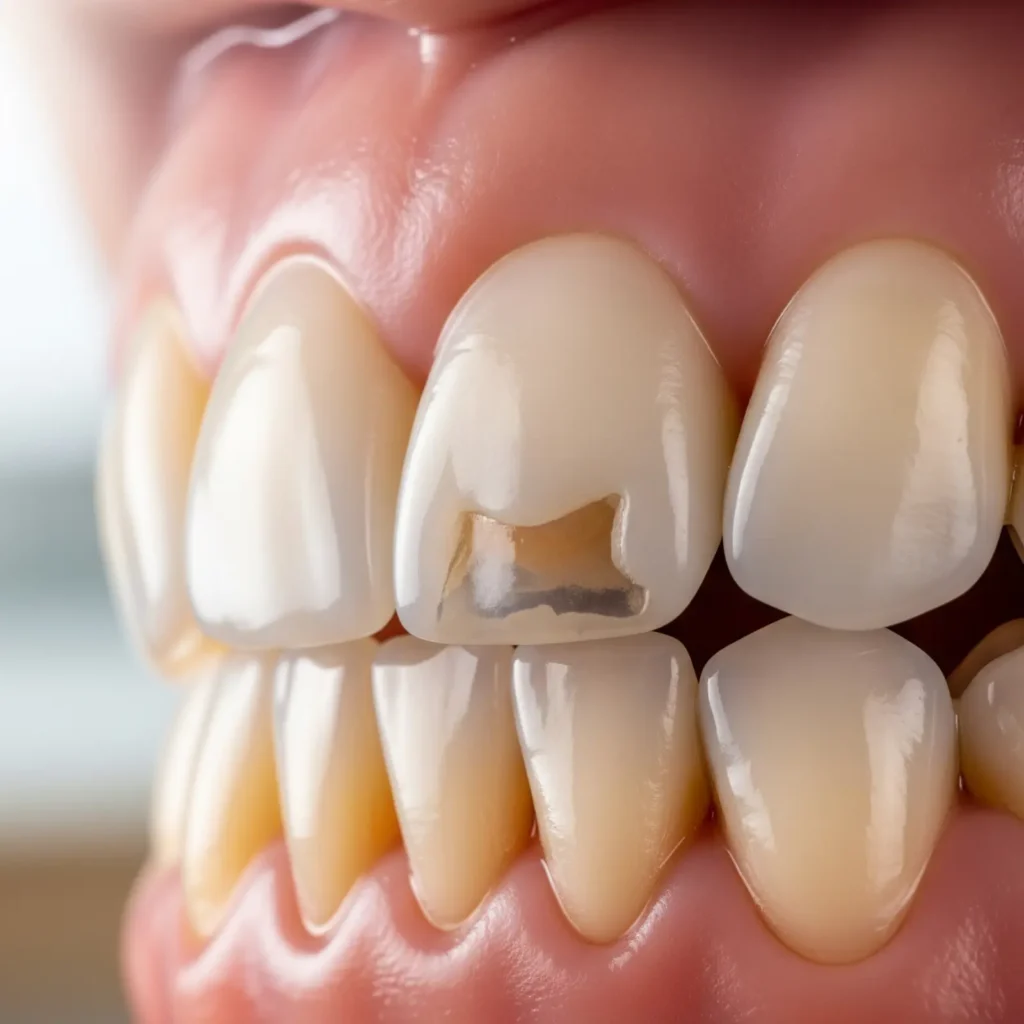Enamel erosion is a dental condition that occurs when the protective outer layer of the teeth called enamel slowly wears away due to acid exposure or mechanical wear. Unlike skin or bone, tooth enamel does not regenerate once it’s lost. That makes early detection and preventive care essential for maintaining lifelong oral health.
Your enamel acts as a shield for your teeth, defending against temperature changes, decay, and daily wear. When enamel starts to erode, your teeth become more prone to issues like sensitivity, discoloration, and a higher risk of cavities. Fortunately, understanding the causes, symptoms, and ways to prevent enamel erosion can help you preserve a strong, healthy smile.
Even though enamel is the hardest tissue in the human body, it’s still prone to damage. Everyday habits and health conditions can contribute to its gradual breakdown, often leading to tooth sensitivity a common symptom of enamel loss.
1. Acidic Foods and Beverages
A frequent cause of enamel erosion is a diet high in acidic items. Drinks like soda, sports drinks, citrus juices, wine, and even some salad dressings introduce acid that weakens enamel over time. Regular exposure leads to progressive enamel thinning.
2. Medical Conditions
People who experience acid reflux (GERD) or regular vomiting from conditions like bulimia or chronic digestive issues face increased enamel risk. Stomach acid that reaches the mouth is highly erosive to teeth.
3. Dry Mouth (Xerostomia)
Saliva works to balance acids and aids in the natural repair of enamel. Individuals with dry mouth, often due to medications or medical conditions, have less protection, making enamel more vulnerable.
4. Mechanical Wear
Excessive tooth brushing, using hard-bristled brushes, or grinding your teeth (bruxism) can wear enamel down physically. This wear becomes worse when combined with acid exposure, increasing the damage over time.
Spotting the symptoms of enamel loss early can help prevent extensive and costly dental problems down the road.


Although lost enamel can’t be restored naturally, there are many ways to slow down erosion and strengthen the enamel that remains.
If enamel erosion continues without treatment, the long-term effects can significantly impact your oral health:
Acting early helps avoid these long-term consequences and reduces the need for complex dental procedures.
Enamel erosion is a gradual but serious threat to your oral health. Thankfully, you can take control with preventive strategies, good oral hygiene, and regular dental visits. Avoid acidic habits, brush gently, stay hydrated, and use enamel-strengthening products daily.
The earlier you take action, the better your chances of avoiding lasting damage. If you’re experiencing symptoms of enamel wear or want a professional opinion schedule a consultation at Unidental. Our experienced dental team is here to help you maintain healthy, strong teeth and a smile that lasts a lifetime.
No, enamel doesn’t grow back. However, fluoride and remineralizing treatments can help strengthen remaining enamel and prevent further erosion.
Dentists perform visual checks, sensitivity tests, and may use X-rays to evaluate enamel loss and damage.
Dairy products, green vegetables, almonds, and foods rich in calcium and phosphate support enamel remineralization.
Not without professional guidance. Whitening products can increase sensitivity if enamel is already compromised.
Every 6 months is standard. However, if you notice symptoms like sensitivity or discoloration, book a visit sooner.
Hyderabad : +91 6305 971445
Anantapur: +91 70758 90089
Goa: +91 83266 32500
Mon to Sat 10:00AM to 8:00PM
Sun 10:00AM to 12:00PM

Our goal is to provide friendly, caring dentistry with the highest standards in general, cosmetic, and specialist treatments. We strive to be the best dental hospital for comprehensive oral care.
We use advanced dental technology to deliver safe, precise, and painless treatments for every patient.